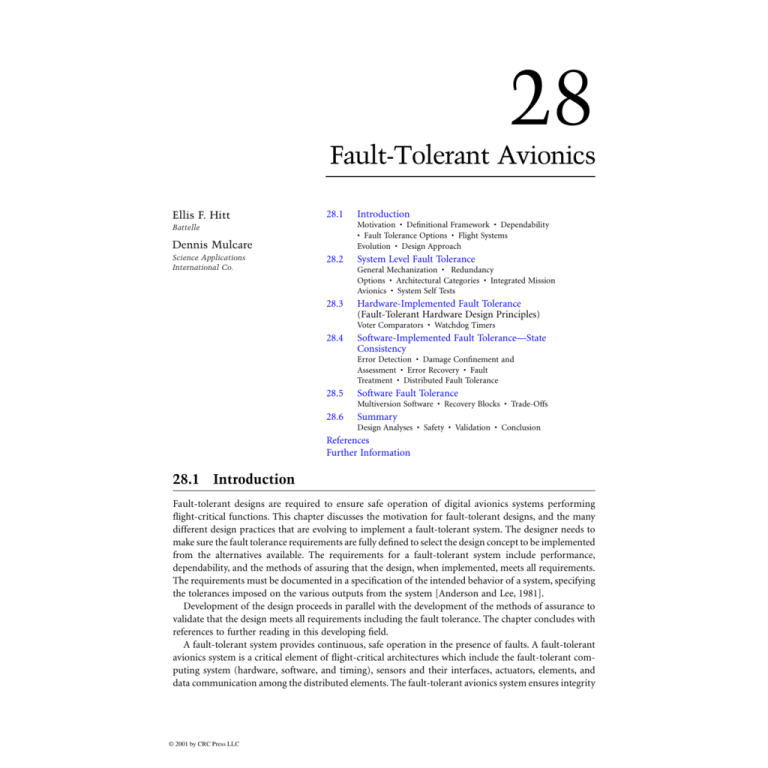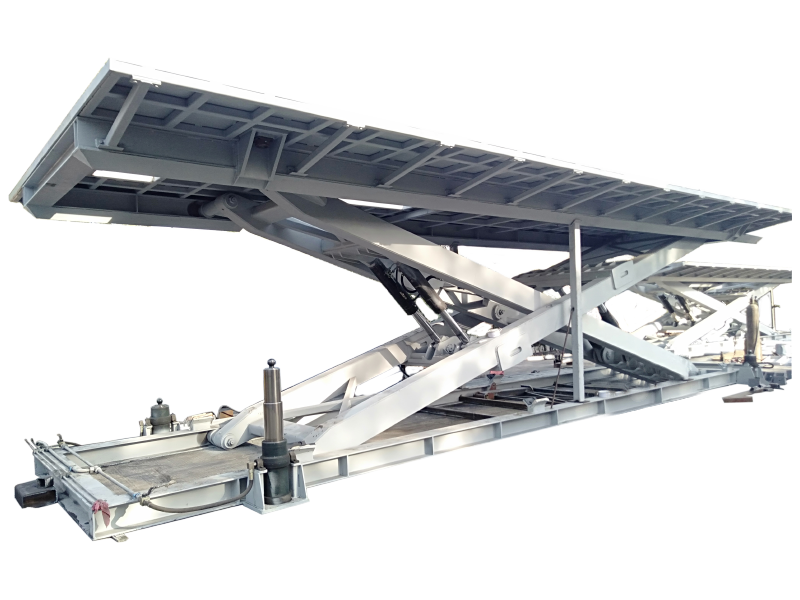
Exploring advancements in flight control systems reveals a critical focus on fault tolerance, ensuring continued operational safety and reliability in the face of unforeseen failures. Two key research areas stand out: active fault-tolerant control system design and hybrid fault-tolerant control system design. These approaches offer distinct yet complementary strategies for mitigating the impact of component malfunctions in flight.
Active Fault Tolerant Flight Control System Design – A UAV Case Study

Active fault-tolerant control systems are designed to dynamically adapt to detected faults by reconfiguring control laws in real-time. This adaptive capability necessitates robust fault detection and identification (FDI) mechanisms that can quickly and accurately pinpoint the nature and location of the failure. The design process typically involves developing a bank of controllers, each tailored to specific fault scenarios. Once a fault is detected and identified, the system seamlessly switches to the appropriate pre-designed controller, maintaining stability and performance despite the anomaly. This proactive approach relies heavily on advanced algorithms and computational power to manage the complexity of real-time decision-making.
Consider a UAV application. If a control surface actuator becomes partially or completely ineffective, an active fault-tolerant system would ideally detect this degradation, identify the affected actuator, and then engage a control law that minimizes the impact of the faulty actuator. This might involve redistributing control authority to other actuators, adjusting control gains, or even implementing entirely new control strategies. The overarching goal is to maintain the UAV’s desired flight path and prevent loss of control. The effectiveness of an active fault-tolerant system depends heavily on the accuracy and speed of the FDI module, as well as the robustness and adaptability of the controller switching mechanism.
Hybrid Fault-Tolerant Flight Control System Design Against Partial Actuator Failures

Hybrid fault-tolerant control systems, on the other hand, combine active and passive fault-tolerant techniques to achieve enhanced robustness. Passive fault tolerance relies on inherent redundancy in the system design, such as multiple actuators or sensors performing the same function. This redundancy provides a degree of resilience without requiring active fault detection or reconfiguration. In contrast, the active component of a hybrid system employs FDI and control reconfiguration, as described earlier, to address more complex or severe fault scenarios.
The integration of active and passive strategies offers a synergistic approach to fault tolerance. Passive redundancy can provide immediate backup in the event of a failure, while the active system is engaged to diagnose the problem and implement a more sophisticated solution. This combination can lead to improved performance and stability compared to relying solely on either active or passive techniques. For instance, a hybrid system might utilize multiple actuators, with one actuator serving as a redundant backup. If the primary actuator experiences a partial failure, the redundant actuator can seamlessly take over, while the active system analyzes the situation and potentially adjusts control gains to compensate for the degraded performance. This approach not only ensures continued operation but also allows for a more graceful degradation of performance compared to an abrupt switch to a completely different control strategy.
The design of fault-tolerant flight control systems, whether active or hybrid, presents significant challenges. Ensuring the reliability and accuracy of the FDI module is paramount. Furthermore, the complexity of control reconfiguration algorithms can increase computational demands, requiring powerful processing capabilities. Careful consideration must also be given to the potential for false alarms or missed detections, which can lead to unnecessary control actions or a failure to respond appropriately to a real fault. As advancements in sensors, actuators, and computational power continue, fault-tolerant flight control systems will play an increasingly critical role in ensuring the safety and reliability of modern aircraft and UAVs.
If you are searching about Fault-Tolerant Avionics you’ve came to the right place. We have 10 Pics about Fault-Tolerant Avionics like Hybrid Fault-Tolerant Flight Control System Design | PDF | Flight, Reinforcement – Learning-Based – Fault – Tolerant – Control – Design and also Figure 1 from Design of active fault-tolerant control system for Air. Here it is:
Fault-Tolerant Avionics

studylib.net
Hybrid Fault-Tolerant Flight Control System Design | PDF | Flight
www.scribd.com
(PDF) Avionics Design For A Sub-Scale Fault- Tolerant Flight Control

dokumen.tips
Figure 1 From Design Of Active Fault-tolerant Control System For Air

www.semanticscholar.org
Active Fault Tolerant Control Strategy Of Large Civil Aircraft Under
www.scribd.com
Reinforcement – Learning-Based – Fault – Tolerant – Control – Design
www.scribd.com
The Importance Of Fault-tolerant Design – CboBook.org

cbobook.org
(PDF) Hybrid Fault-Tolerant Flight Control System Design Against

www.researchgate.net
tolerant fault partial failures hybrid actuator flight against control system design
(PDF) Design Of Fault Tolerant Flight Control System

www.researchgate.net
fault tolerant
(PDF) Active Fault Tolerant Flight Control System Design – A UAV Case Study

www.researchgate.net
fault uav tolerant
Fault-tolerant avionics. (pdf) avionics design for a sub-scale fault- tolerant flight control. (pdf) active fault tolerant flight control system design









:max_bytes(150000):strip_icc()/008_how-to-factory-reset-a-lenovo-laptop-5115817-a67348722ce94f9783881ea29e596310.jpg)